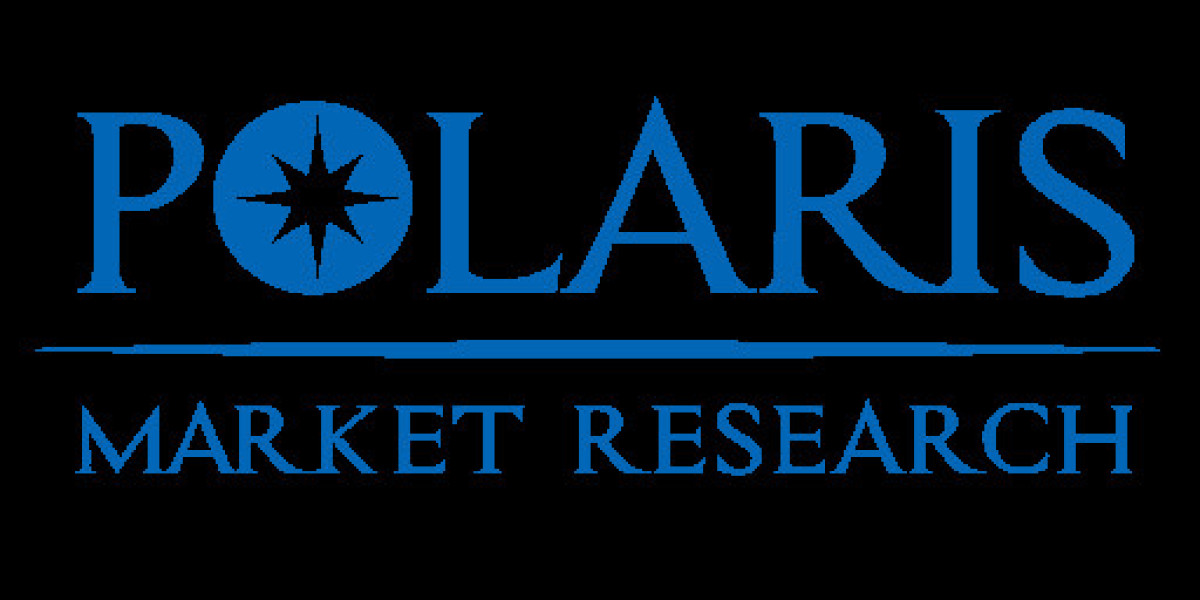The global powder metallurgy market, valued at USD 2.87 billion in 2024 and expanding at a 14.89% CAGR through 2034, is being reshaped by segment-specific innovation cycles, application-driven material science breakthroughs, and value chain optimization imperatives that vary dramatically across product categories and end-user verticals. Unlike traditional bulk metal forming, powder metallurgy’s inherent design flexibility enables hyper-specialization—where product differentiation is no longer a marketing tactic but a technical necessity dictated by application-specific growth vectors. In the automotive sector, for instance, demand for near-net-shape transmission gears and turbocharger vanes is pushing density tolerances below 0.2% porosity, requiring gas-atomized powders with D90 particle distributions under 25 microns. Contrast this with the medical implant segment, where biocompatible titanium alloys demand spherical powder morphologies with strict oxygen content ceilings (<800 ppm), driving up costs but enabling osseointegration impossible with wrought alternatives. Value chain optimization here means integrating HIP (hot isostatic pressing) directly into sintering lines, collapsing three process steps into one and reducing lead times by 40%—a critical advantage in orthopedic device markets governed by 510(k) clearance timelines.
Segment-wise performance reveals stark contrasts: structural parts for internal combustion engines are growing at a modest 6.2% CAGR as electrification accelerates, while soft magnetic composites for EV motors are surging at 29.7% annually, fueled by Tesla’s Gen 3 inverter redesign and BYD’s blade motor architecture. Product differentiation in this space hinges on proprietary binder systems and debinding kinetics—BASF’s Catamold platform, for example, reduces solvent debinding time by 70% compared to conventional PEG-based systems, giving it a decisive edge in high-volume consumer electronics applications. The energy sector presents another bifurcation: conventional power generation components (turbine blades, heat exchangers) favor nickel-based superalloys processed via HIP, whereas hydrogen electrolyzer bipolar plates demand ultra-fine stainless steel powders with engineered surface roughness to enhance catalyst adhesion. Pricing models are equally segmented—commodity-grade iron powders trade within ±5% of LME indices, while aerospace-grade titanium aluminide powders command premiums exceeding 300% due to vacuum plasma atomization costs and Nadcap certification overhead. Application-specific growth is most explosive in thermal management: copper-diamond composite heat spreaders for AI server chips, enabled by spark plasma sintering, are growing at 41% CAGR as data center operators confront 300W+ per GPU thermal loads.
Read More @ https://www.polarismarketresearch.com/industry-analysis/powder-metallurgy-market
The competitive landscape reflects this segmentation, with leaders dominating specific niches rather than the broad market. Companies investing in closed-loop powder recycling systems—particularly for cobalt-chrome and Inconel alloys—are capturing margin advantages in medical and aerospace segments where material waste historically exceeded 35%. Value chain optimization now extends beyond production into digital thread integration: real-time powder characterization via laser diffraction and SEM-EDS inline analytics allows for dynamic process adjustment, reducing scrap rates by up to 22% in high-mix, low-volume production environments. Emerging opportunities lie in hybrid manufacturing—combining powder bed fusion with conventional sintering to create functionally graded components, such as turbine blades with wear-resistant tips and thermally conductive roots. Restraints persist in powder standardization; ASTM and ISO specifications still lag behind industry innovation, forcing OEMs to qualify custom powders at prohibitive cost. Nevertheless, trends point toward modular, segment-optimized production cells replacing monolithic factories, enabling rapid reconfiguration for medical, automotive, or energy orders without cross-contamination risk. The future of powder metallurgy lies not in volume, but in precision—where value is extracted by mastering the microstructure of each particle for its exact end-use.
- BASF SE
- Höganäs AB
- Carpenter Technology Corporation
- GKN Powder Metallurgy
- Rio Tinto Metal Powders
- AMETEK Inc.
- Sandvik AB
- Kyocera Corporation
More Trending Latest Reports By Polaris Market Research:
Organic Food And Beverages Market
Veterinary Endotracheal Tubes Market








